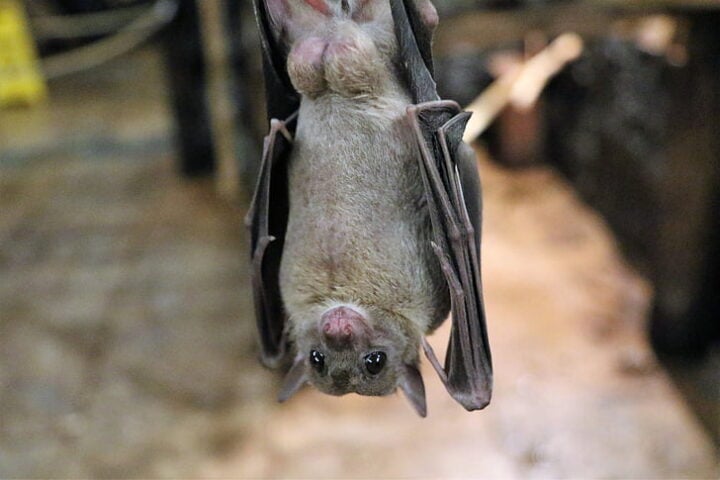The International Agency for Research on Cancer has linked outdoor air pollution and pollutant particles containing 2.5 micrograms/meter of diameter as carcinogenic matters. The researchers said that prolonged exposure to those carcinogenic air pollutants may result in lung adenocarcinoma in the later stage of life. Dr. Renelle Myers of BC Cancer, Vancouver found a connection between air pollutants causing lung cancer in females who have never smoked.
A team of researchers led by Dr. Myers has invited non-smoker women with lung cancer to participate in the study of the Vancouver area. Researchers collected detailed information regarding the patient’s age, gender, race, occupation, family history with cancer, country of birth, age of arrival in Canada, and exposure to smoking. The geographical data of their residency both for Canadians and migrants were needed to locate streets, and city addresses with postal codes in order to accurately measure the exposure to pollution. The geographic location was linked to the satellite-derived PM 2.5 exposure data available from 1996 onwards. The researchers conducted a cumulative exposure to PM 2.5 with a high-spatial global exposure model to analyze the magnitude of three years versus 20 years of exposure to pollutants present in the air and its impact on the lungs.
According to the study among 236 non-smoker female patients with lung cancer, 190 (83.3%) were foreign individuals (birth land outside Canada), and 71% were Asians. They were diagnosed with lung cancer at the age of 66 among which 92.8% had adenocarcinoma and 55.9% had stage III/IV lung cancer. For foreign-born Canadian females, only4/190 (2%) had 3-year cumulative PM2.5 exposure of >10 ug/m3 whereas 38/190 (20%) had a 20-year cumulative PM2.5 of >10 ug/m3 (p≥0.0001). All of them had a PM 2.5 exposure greater than 5 ug/m3. Comparatively the 3 years assessment underestimated the cumulative exposure to PM 2.5 prior to lung cancer diagnosis among foreign-born Canadians.
Dr. Myers said, “Our study demonstrates the importance of incorporating long-term cumulative exposure to ambient air pollutants in the assessment of individual lung cancer risk in combination with traditional risk factors.” She also added that “research is needed regarding the best methods to incorporate the effects of air pollution exposure prior to 1996 when accurate satellite data became available.” The research will be impactful for clinical implications in order to assess lung cancer risk with global migration.


















